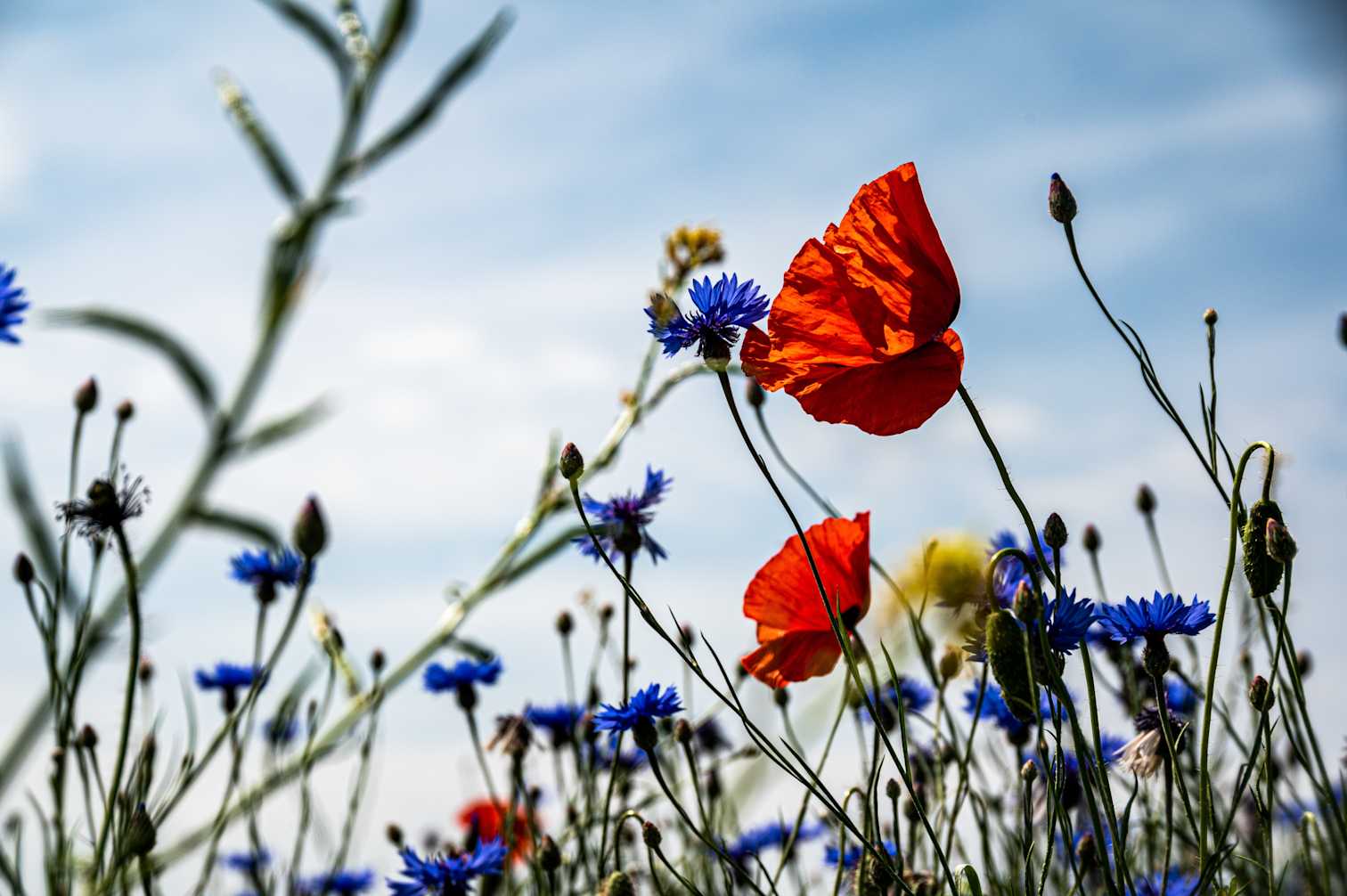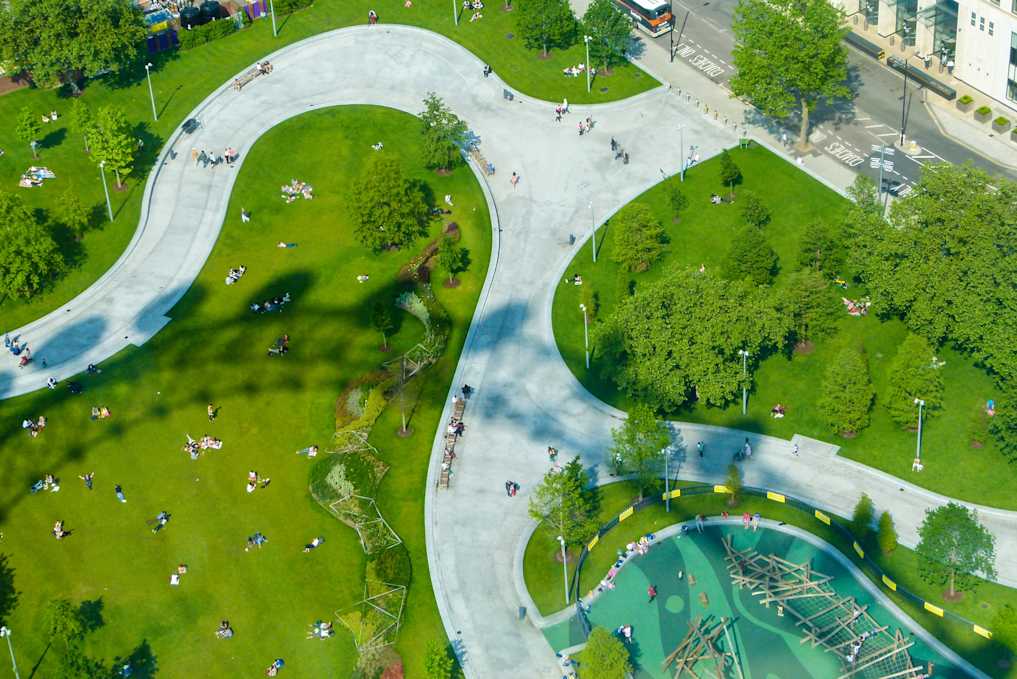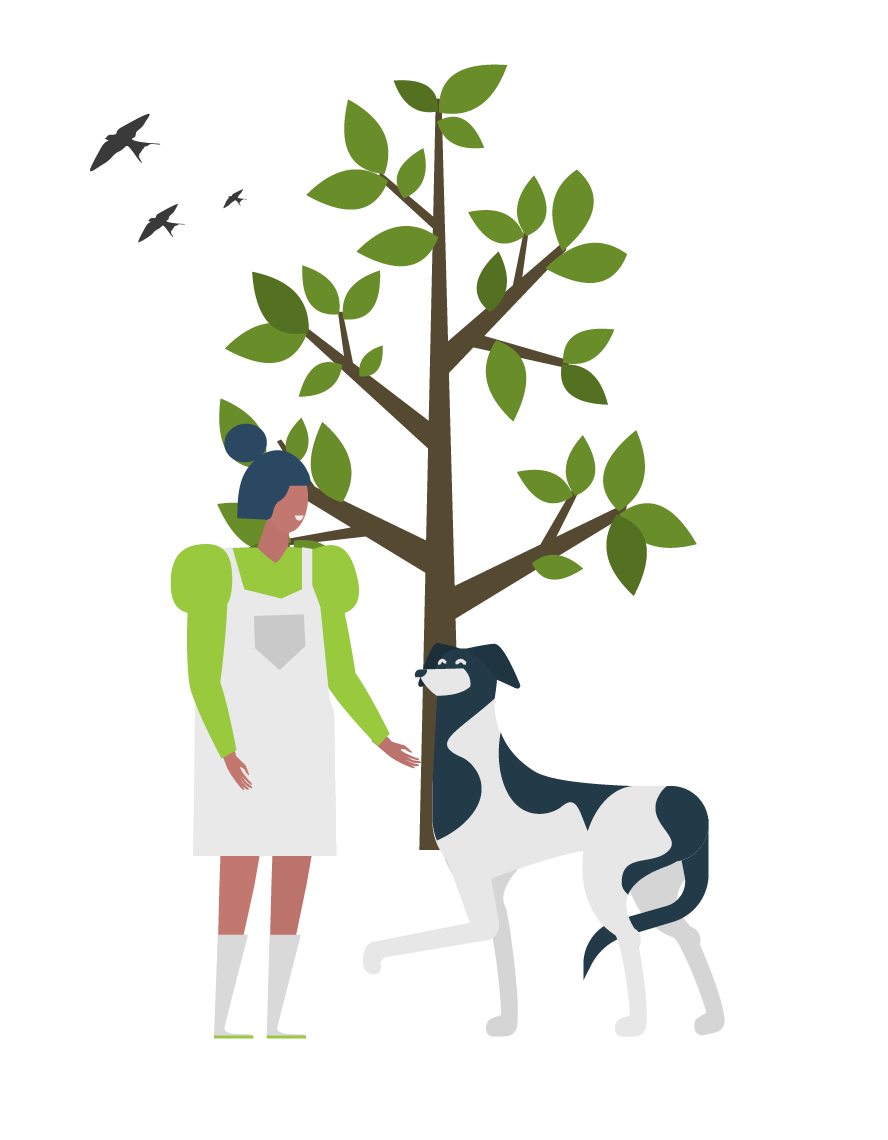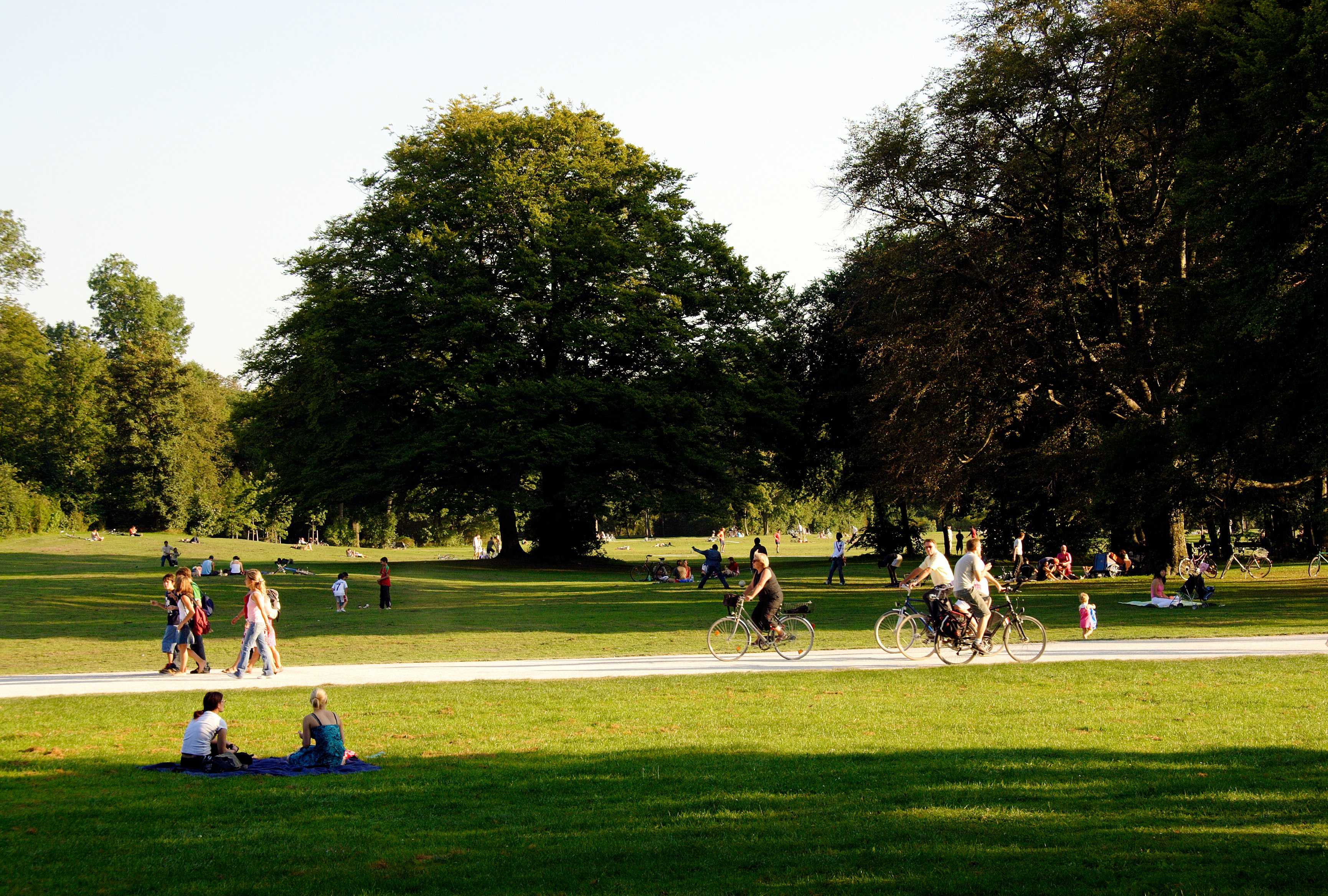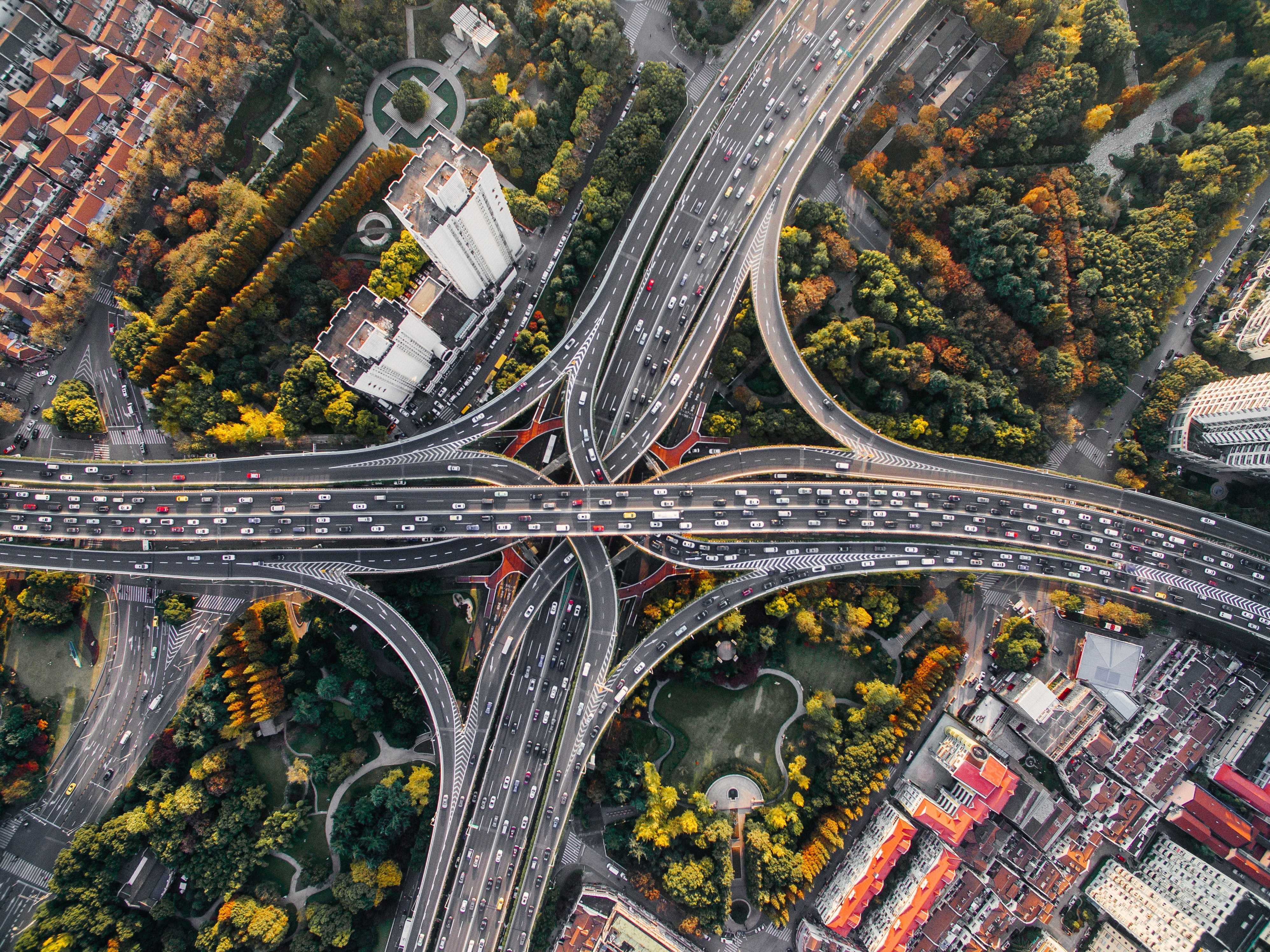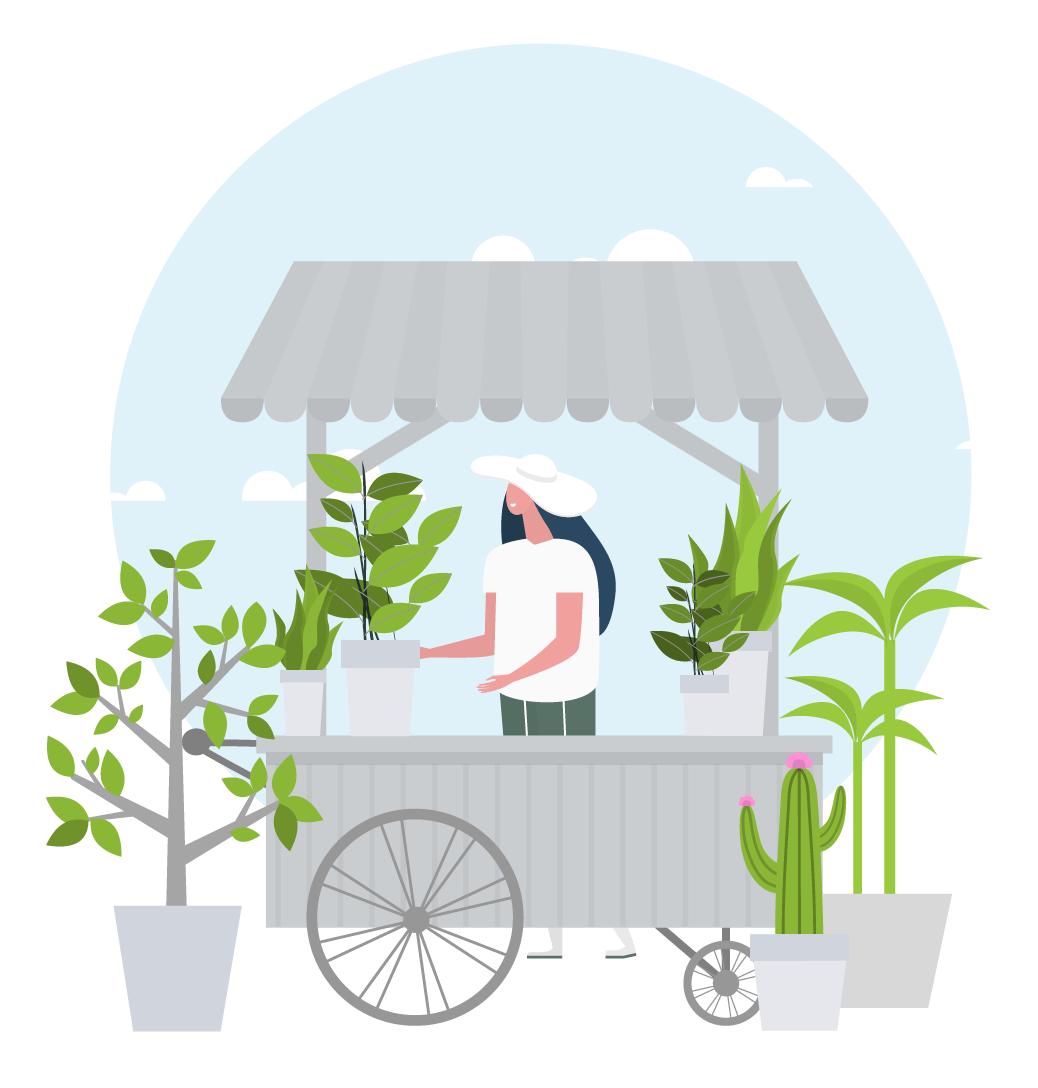
The Green KPI’s of HUGSI
The very core of HUGSI are definitely our Green KPI’s, so with this article we wanted to tell the story about them. A KPI is a Key Performance Indicator, a concept widely used in the corporate domain, to measure and follow up something considered as important. We wanted to transform this into the green sector, finding ways to quantifying and measuring urban green space with direct, easy to understand and comparable measurements.
With the Green KPI’s we are able to communicate the state of vegetation for a city, compare it with other cities and also compare it to previous years to be able to track development. What happens if a city can follow how their green space develops? We hope that it will bring the same engagement and drive as got any athlete or average person wanting to get fit, by following exercise-, health- and fitness data from the popular fitness watches and apps available.
We all want a greener world, let’s create a healthy competition, drive and momentum around greenifying cities all over the globe!
HUGSI and our Green KPI’s are built on a unique data set based on deep-learning algorithms analyzing satellite images set to monitor the proportion and health of green spaces in cities across the globe.
To be able to compare and track development of the urban green space we have created the following six Key Performance Indicators (KPI’s):
Percentage of urban green space
Area size of green space divided by size of total urban area of a city. To do this we classify the land within the city boundary in 4 classes: Trees, Grass, Water & Other. By adding the area covered by Trees and Grass and dividing it with the total area we get a score for how much of the city is covered with vegetation.
Average health of urban vegetation
HUGSI measures health of vegetation with NDVI (Normalized Difference Vegetation Index), a widely used indicator of vegetation health, based on the absorption of visible and invisible light. NDVI value of living vegetation ranges from 0 to 1 and values above 0.5 are considered to be healthy vegetation.
Urban green space per capita
Area size of green space divided by population residing in urban area of a city. In simple terms how much green space are available per individual in the city. However, the green space included may not be accessible or available to everyone. You cannot buy a blanket with the size of “your” area and go for a picnic ;-). Still, this is useful to be able to compare cities with similar size of green space and to get a relative score depending on the population of the city.
Distribution of urban green space
The greenness of a city can also be described by how well distributed or spread the vegetation is within the city. Is all vegetation concentrated into one large park or is the green space spread in all parts of the city? HUGSI measures distribution of green space based on the median percentage of green space across all defined grids of a city.
Percentage of urban green space covered by trees
HUGSI uses a machine learning model to differentiate trees from other vegetation including bush. The model is trained on visually labeled dataset in which vegetation over 1m height are classified as trees.
Percentage of urban green space covered by grass
HUGSI uses a machine learning model to differentiate grass from other vegetation. The model is trained on visually labeled dataset in which vegetation below 1m height are classified as grass.
Similar insights

Published undefined on
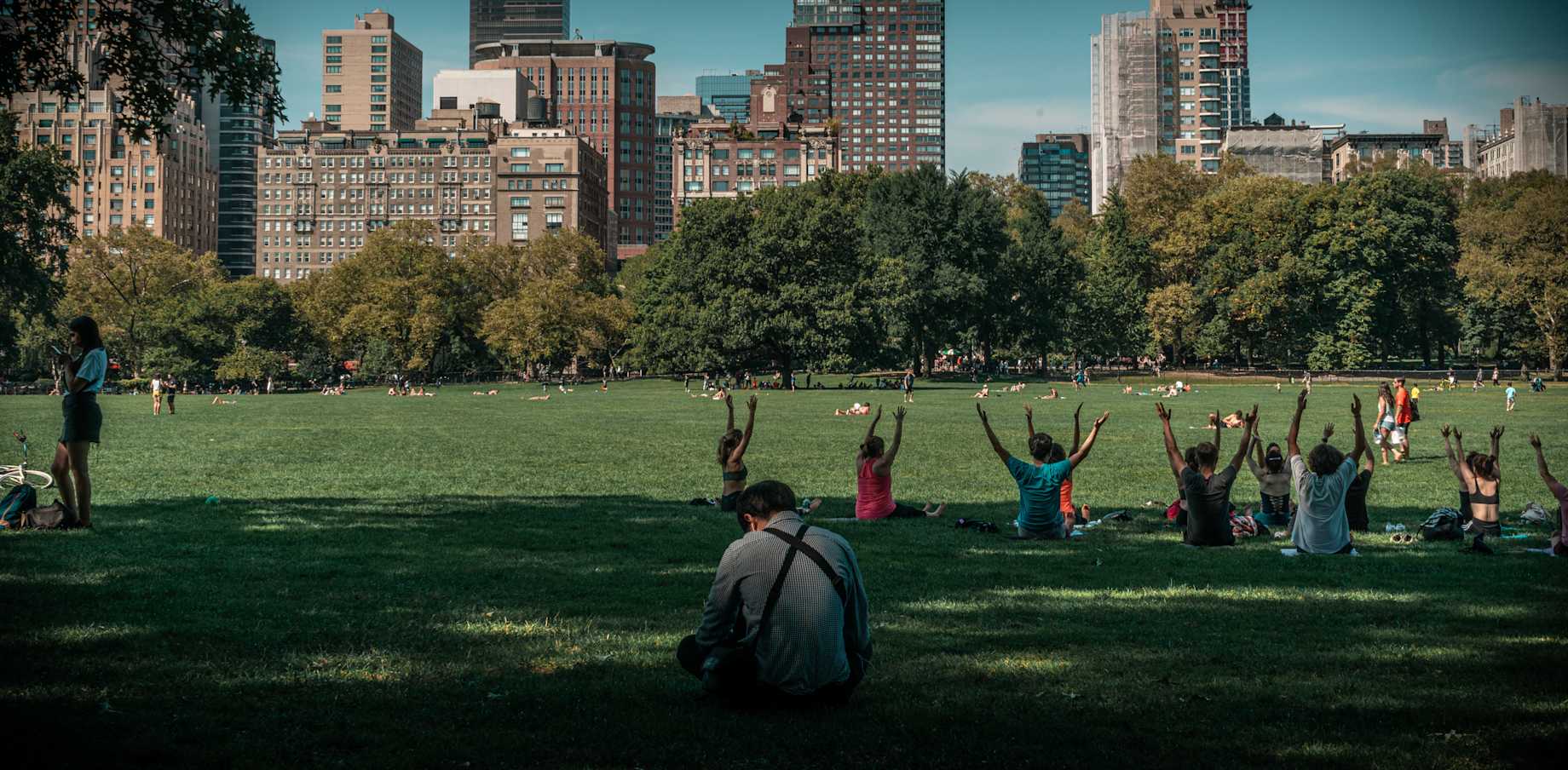
Published undefined on

Published undefined on
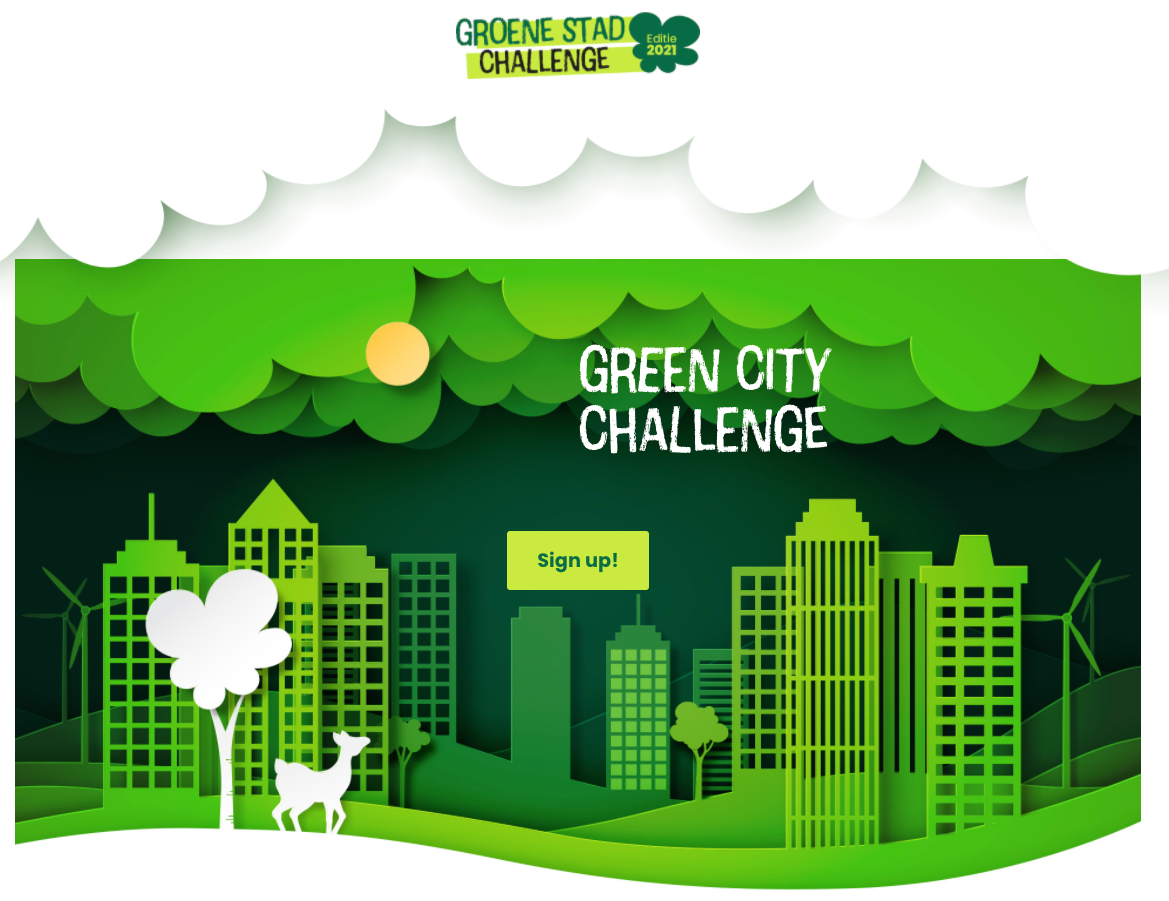
Published undefined on
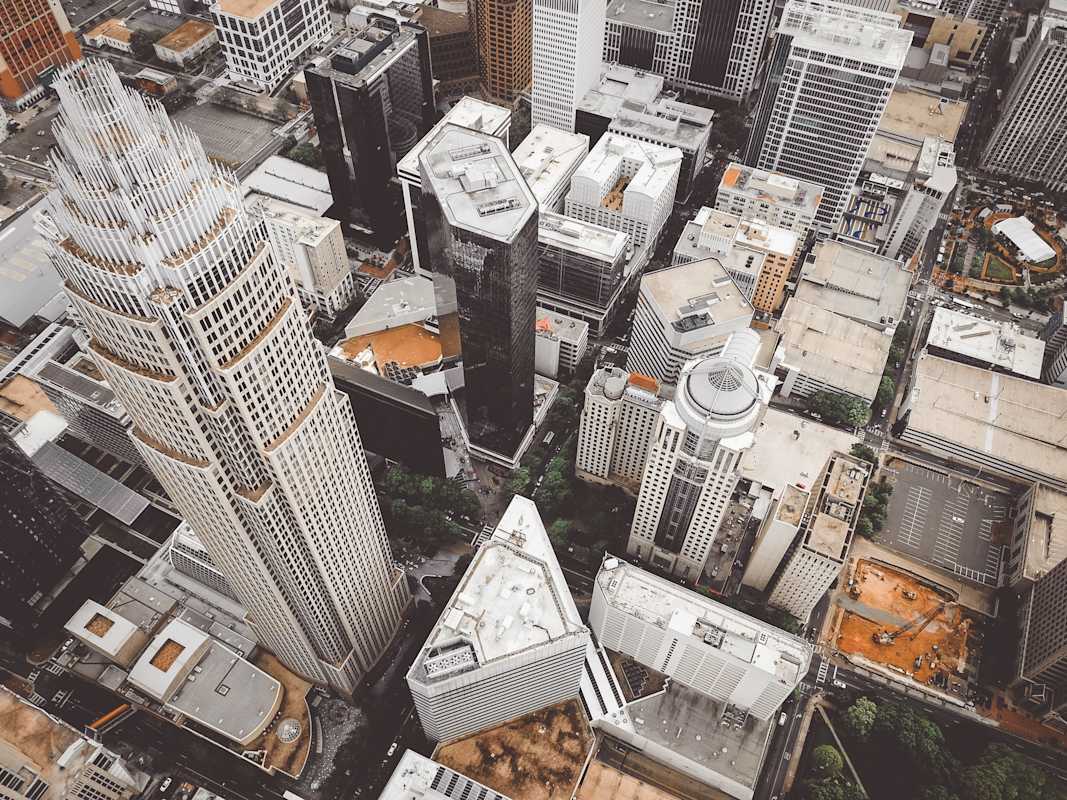
Published undefined on
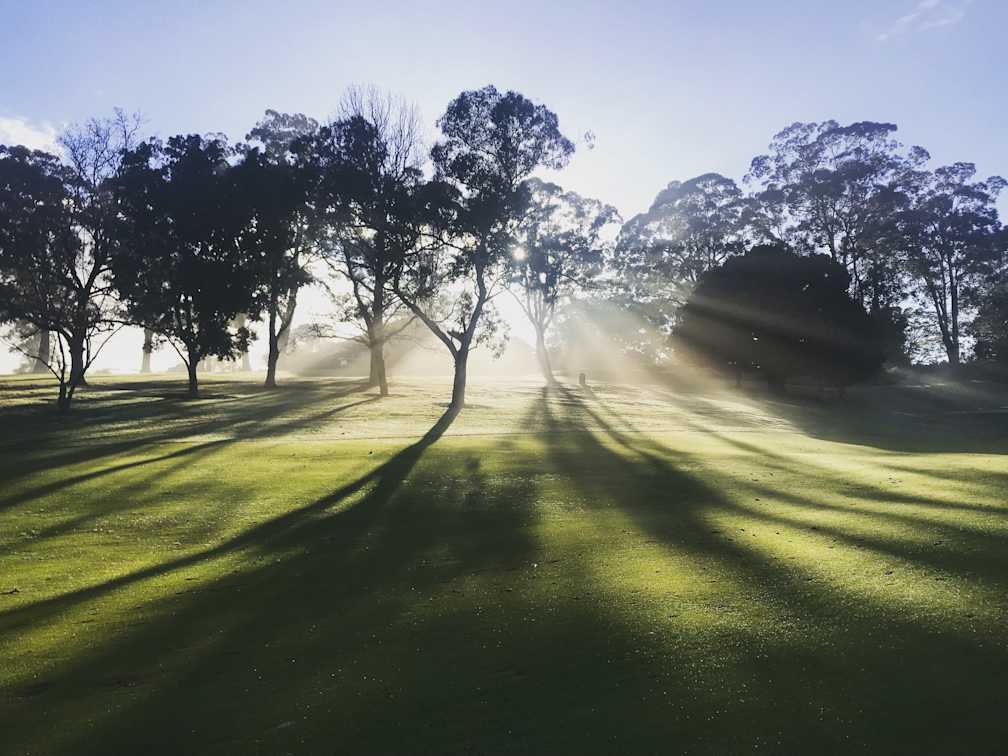
Published undefined on
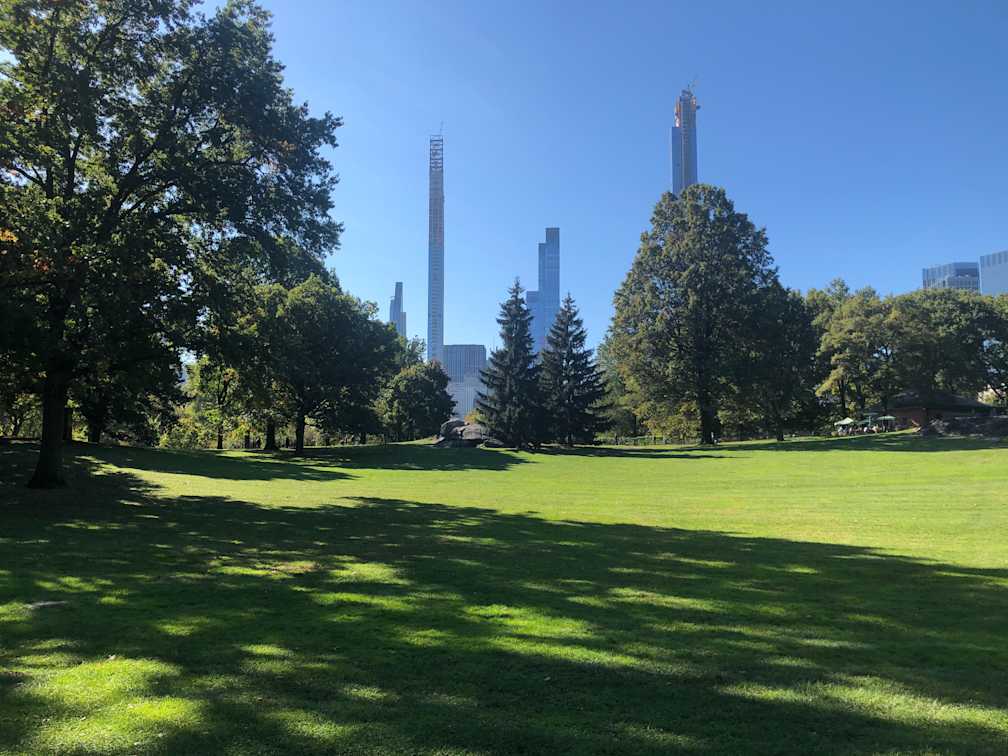
Published undefined on

Published undefined on

